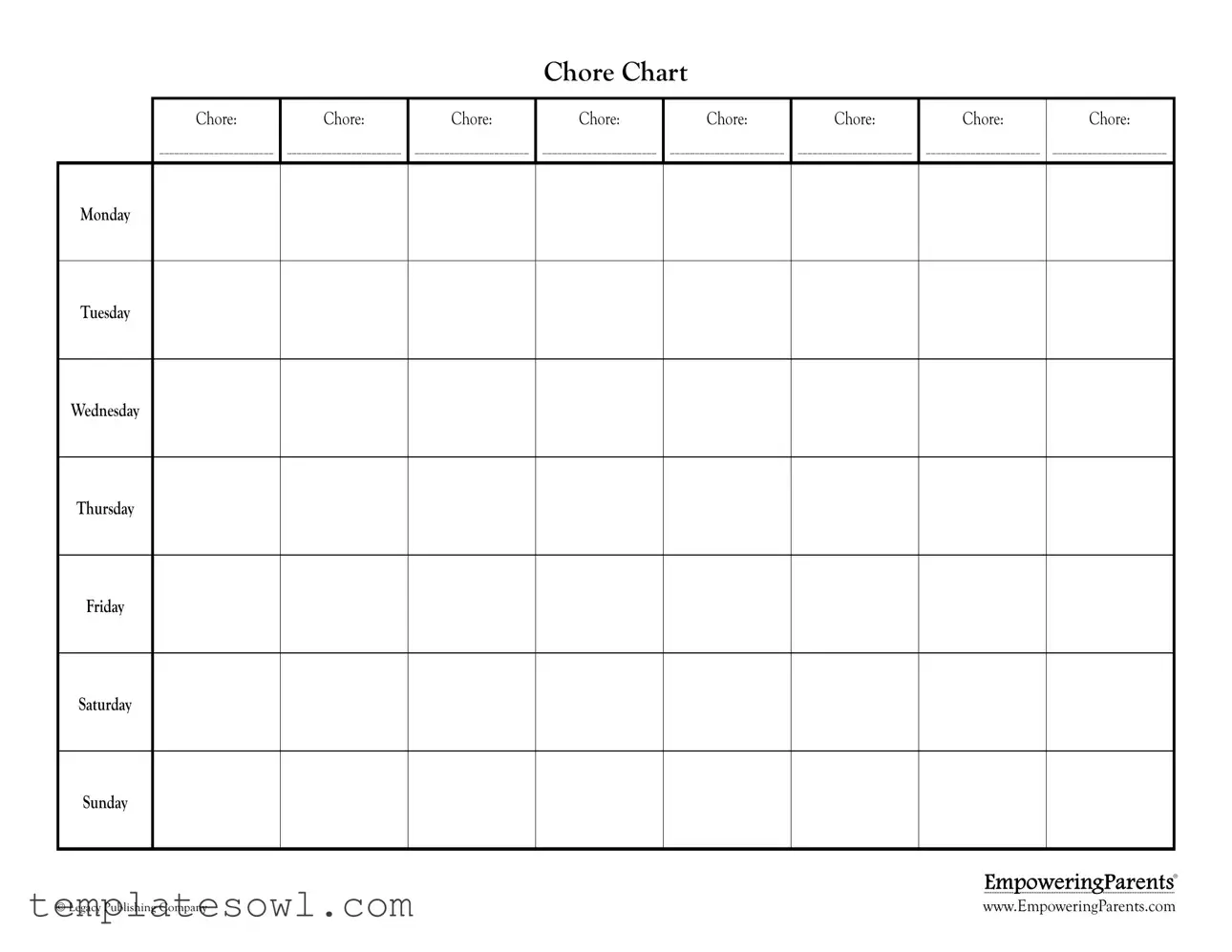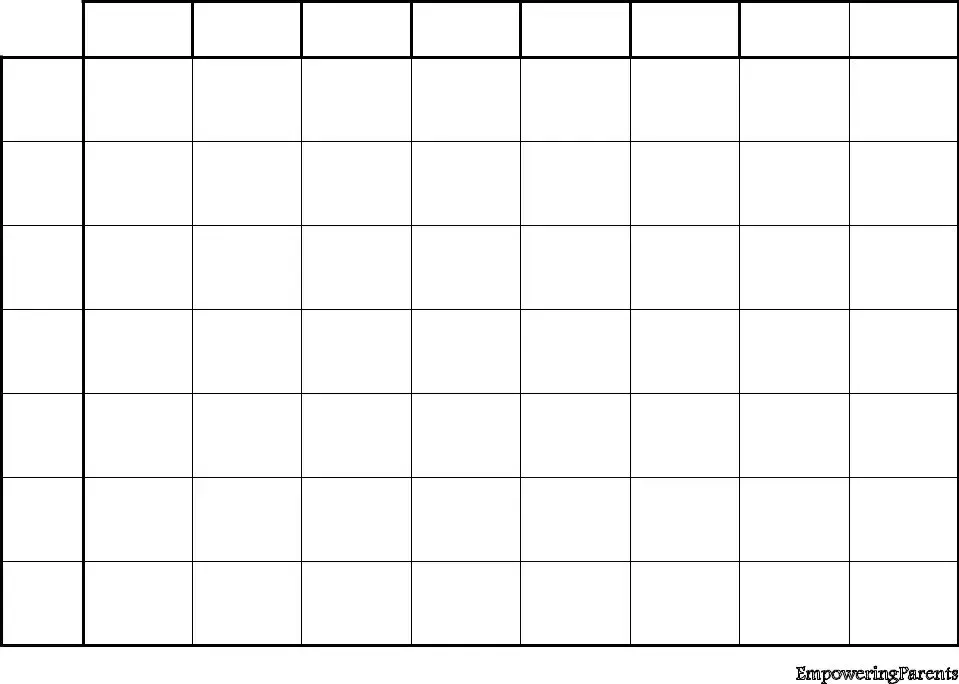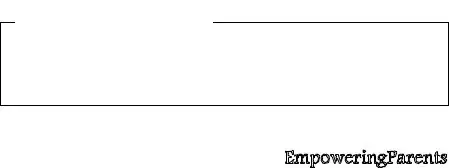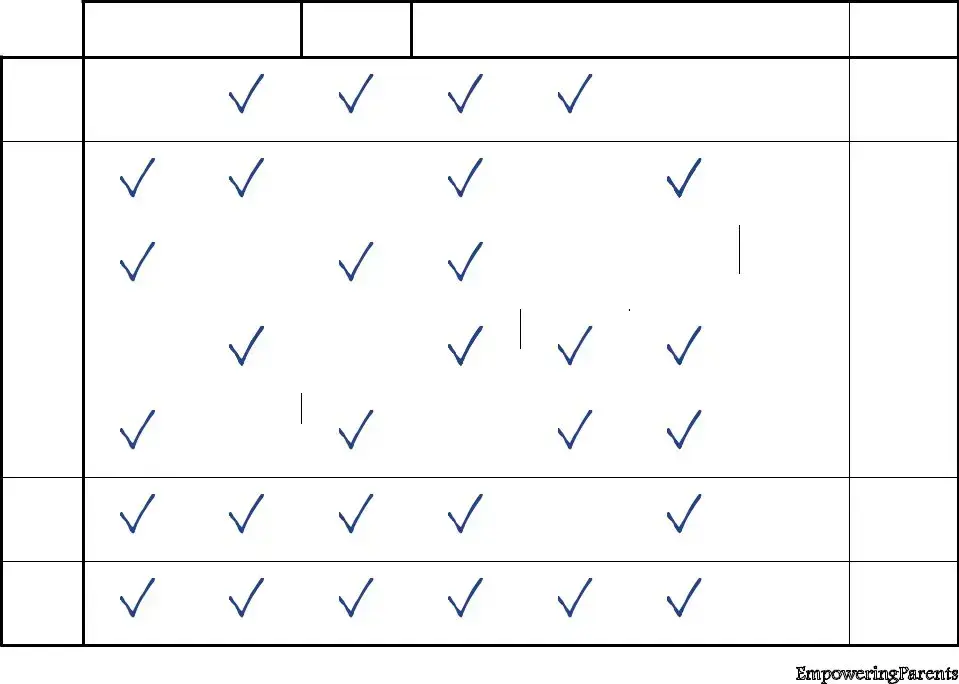Filling out a Chore Chart form can feel straightforward, but many people make common mistakes that can hinder its effectiveness. Understanding these mistakes can help both parents and children use the chart more successfully.
One mistake often encountered is the lack of clarity in the chores listed. When chores like "cleaning" are too vague, children may feel confused about what exactly is expected of them. It is crucial to specify tasks, such as "clean your room" or "vacuum the living room." Clear instructions lead to better compliance.
Another frequent error is setting unrealistic goals for children. It's important to remember that children have different capabilities based on their age. Expecting a young child to undertake heavy chores, like mowing the lawn, can lead to frustration. Parents should match tasks to a child’s abilities to ensure they can meet the expectations set.
Some families place the chore chart in a location that is not easily visible. This is a missed opportunity for a daily reminder. Keeping the chart in a prominent spot, like the front of the refrigerator, serves as a constant reminder and encourages children to engage with their chores regularly.
Failing to provide immediate feedback is another mistake. When children complete a chore, allowing them to place a checkmark or sticker offers positive reinforcement. If feedback is delayed or absent, children may not feel motivated to continue with their responsibilities.
Moreover, many overlook the importance of small, consistent rewards. Parents sometimes set long-term goals, which may be demotivating for younger children. Instead of waiting a whole week, consider weekly rewards or giving additional incentives after earning a set number of stickers throughout the week.
Misusing the chart as a punishment also occurs frequently. Children should not lose stickers or checkmarks for poor behavior. Instead, the focus should remain on what they can achieve. If they fail to earn recognized rewards one day, the emphasis should be placed on trying harder the next day.
Another common issue is neglecting to involve children in the process of setting their chores. When children have input in their responsibilities, they tend to take ownership and feel more motivated. Engagement enhances their commitment and understanding of what is expected.
In addition, parents may forget to regularly rotate chores. Sticking to the same tasks each week can lead to boredom. Varying the chores can keep the experience fresh and help children develop a wider range of skills.
Lastly, not reviewing the chart periodically is a mistake that can lead to outdated responsibilities. Regular check-ins allow for adjustments based on growth and changing needs. A chart that evolves with the child creates a more engaging and productive experience.



